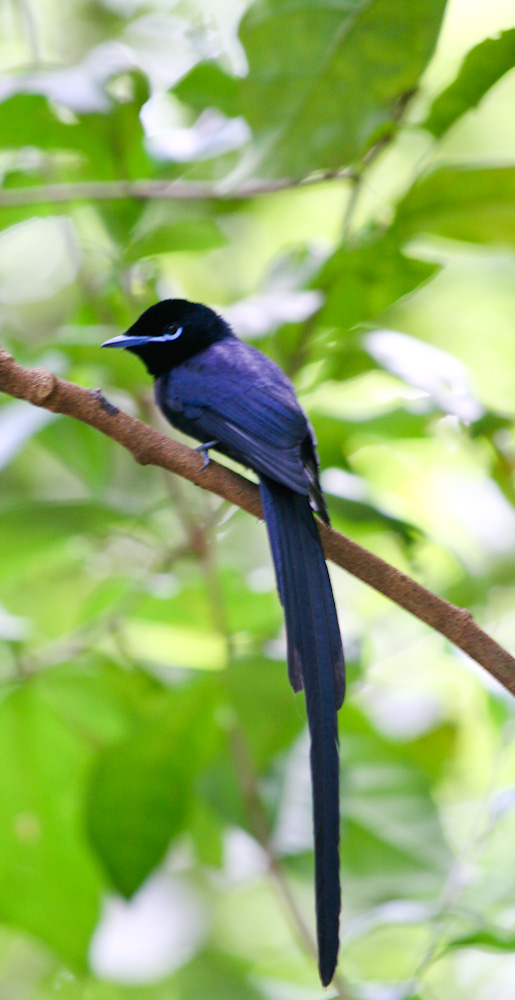“Birds of the Seychelles” is a Princeton field guide written by Adrian
Skerret and Ian Bullock, with illustrations by Tony Disley. It was published in
2001. The Seychelles are an island-nation in the Indian Ocean, off the east
coast of Africa. Why would a bird-watcher go there? The authors point to three
reasons. First, there are interesting endemics on the so-called granitic
islands (or granitics), since these are the oldest oceanic islands still in
existence. They were formed 65 million years ago! There are currently 12 or 16
endemics on the Seychelles, depending on how you count, including the Aldabra
Rail, the last surviving flightless bird on any Indian Ocean archipelago.
Second, the Seychelles are home to enormous colonies of seabirds. Third,
billions of birds migrate across the Indian Ocean every year, many of them
flying off course and ending up on the Seychelles.
I admit that the guide does look bewildering to a non-birdwatcher firmly
seated in his arm-chair in Europe. Old acquaintances from my backyard, such as
the Grey Heron, the Mallard or the House Sparrow, co-exist with exotics like
the Madagascar Fody (what´s a fody?), the Seychelles Magpie-Robin (which
follows giant tortoises and really do look like a manikin magpie) or the Seychelles
Black Parrot (which is actually brown). Weirdly, only two corvids have managed
to get their feathered backsides on to these distant shores, the Pied Crow and
the House Crow specifically. Quite the disappointment since corvids are my
favorite bird group…
The field guide contains descriptions of the Seychelles and various important
bird-watching sites on the islands. The number of bird species covered is 250.
Color plates and species presentations are not on facing pages. The guide seems
to be pretty exhaustive and serious, with information on juveniles, similar
species (to aid identification) and current conservation status. Even extinct
species have been included in the field guide! English and French vernacular
names for each bird are given, but the Creole names are mostly constructed by
the authors themselves in a weird display of cultural imperialism. The book
also contain a major factual error: it claims that the Seychelles were
separated from the nearest landmass “before mammals evolved”, but mammals of
course evolved earlier than 65 million years ago.
Still, probably indispensable if you want to visit the most successful nation
in Africa…

No comments:
Post a Comment